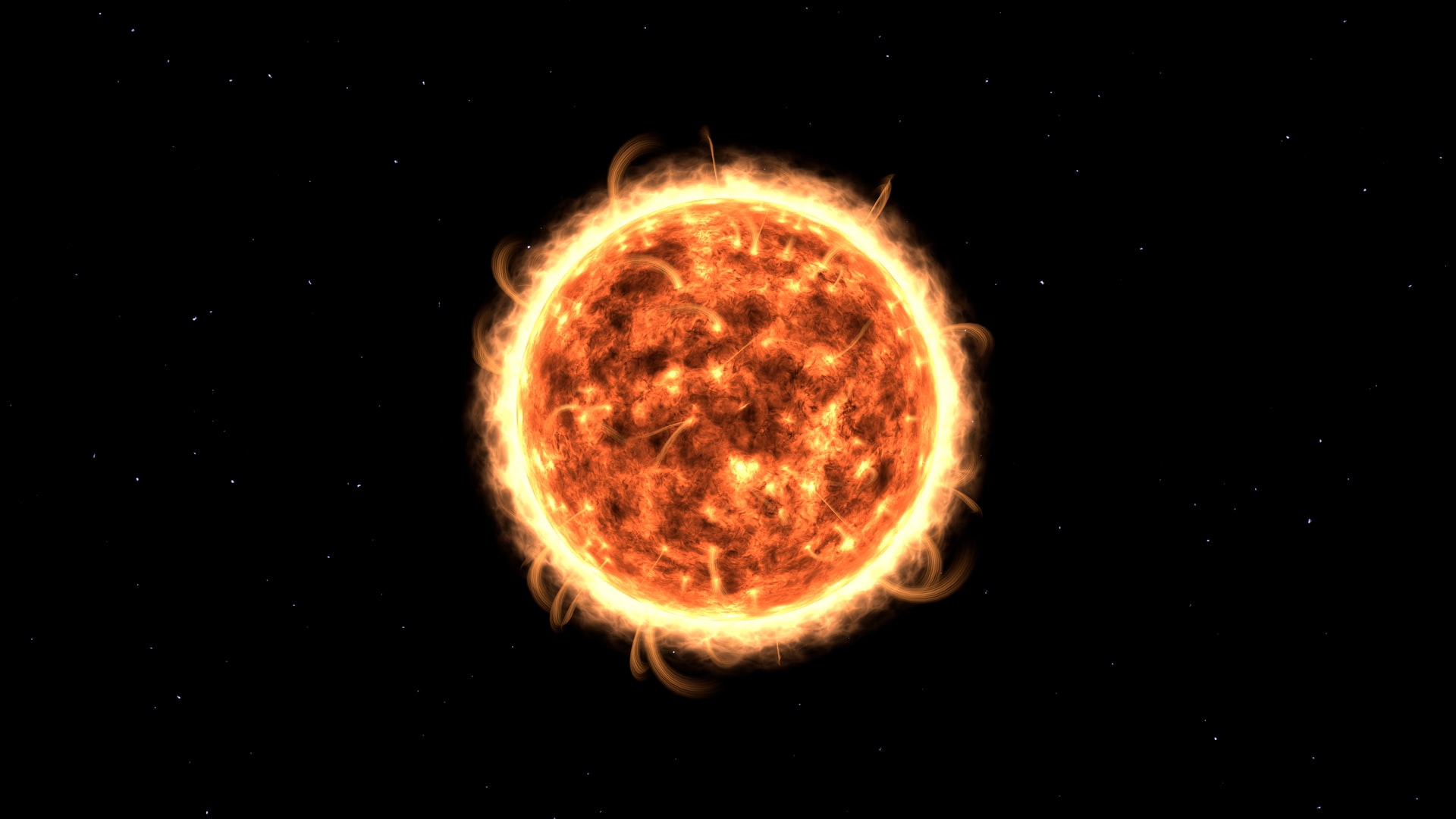It would seem a simple and even naive question: why is space so cold if the stars are so hot? In fact, the answer is not as simple as it may seem at first glance. We will explain this physical process in understandable language.

Unlike our comfortable living environment on Earth, the Solar System is full of extreme temperatures. The sun is a red-hot gas ball with a surface temperature of 5500 °C, and in the core — up to 1.5 million degrees. Meanwhile, the temperature of space, if you move away to a sufficient distance from the Sun, will be slightly above absolute zero — about -270.6 °C. How can this be?
Thermal conductivity on planets
Heat spreads through space in the form of radiation — an infrared wave of energy that passes from hotter objects to colder ones. The radiation waves excite the molecules they come into contact with, causing them to heat up. This is how heat is transferred from the Sun to the Earth. But the catch is that radiation heats only those molecules and matter that are directly in its path. Everything else stays cold.
Let’s consider Mercury, for example. According to NASA, the night temperature on this planet can be 500 °C lower than on the day side exposed to radiation. Compare this to Earth, where the air around you stays warm even if you are in the shade. This is because heat spreads across our planet in three ways: thermal conductivity, convection and radiation.
When solar radiation hits and heats the molecules in our atmosphere, they transfer this extra energy to the molecules around them. Then these molecules collide with their neighbors and heat them up. This transfer of heat from molecule to molecule is called thermal conductivity, and it is a chain reaction that heats areas outside the path of solar radiation.
Heat transfer in space vacuum
Outer space is a vacuum. That is, a very sparse environment, almost completely empty. The space vacuum is not really perfect, and there are several hydrogen atoms per cubic centimeter in interstellar space. Gas molecules in space are far away from each other to collide regularly. Thus, even when the sun heats them with infrared waves, heat transfer through thermal conductivity is impossible. Similarly, convection — a form of heat transfer that occurs in the presence of gravity — is important for heat dissipation on Earth, but does not occur in space due to weightlessness. Therefore, the only way to transfer energy from the Sun to the Earth remains radiation.
When Elizabeth Abel, a thermal engineer of the NASA DART project, was developing the Parker solar probe, she personally faced the problem of heating spacecraft in space in close proximity to the Sun. Parker has already set records for the minimum approach to our luminary, also as the fastest object that has ever been created by man. The device saves the heat shield from the destructive temperature of the Sun, which is installed only on one side, and this turned out to be enough.
“The task of this shield is to provide protection against overheating by the extreme temperature of solar radiation. At a time when the protection is heated above 1000 °C, the rest of the probe body, which is in the shade, remains cold and is -150 degrees,” explains Elizabeth Abel.
Extreme temperature changes of hundreds of degrees may seem incredible, but in space, everything is exactly like that. The real oddity for space is the Earth: in the midst of extreme cold and heat, our atmosphere retains an amazing softness, which allows us to maintain life in comfortable conditions for it.
Follow us on Twitter to get the most interesting space news in time
https://twitter.com/ust_magazine
